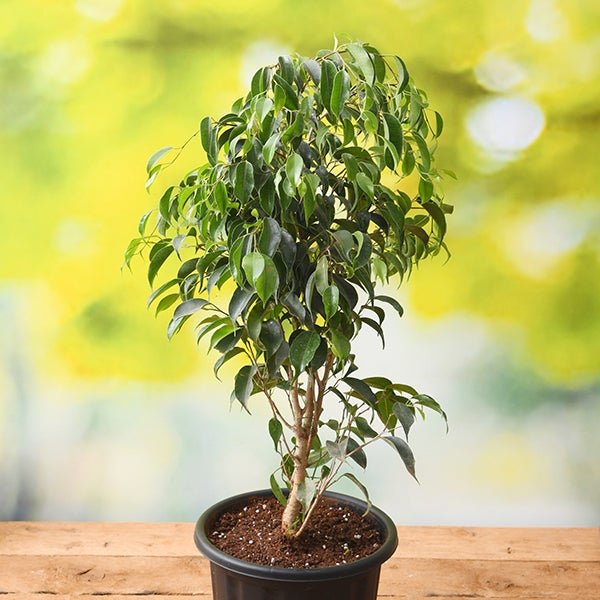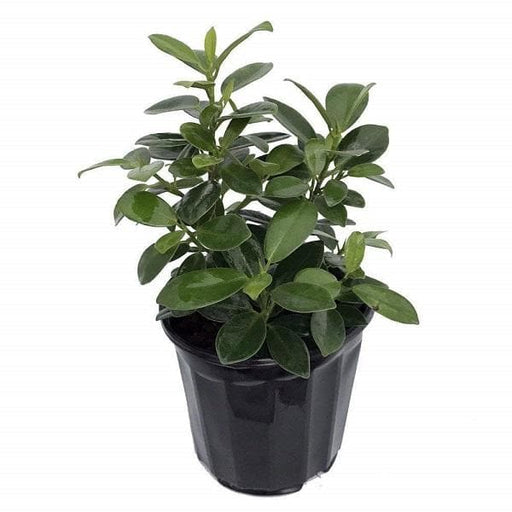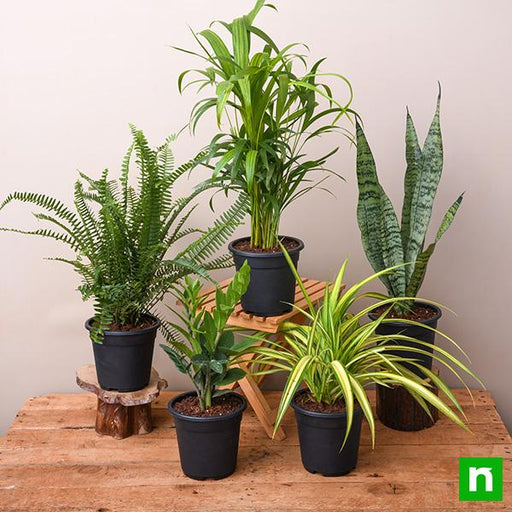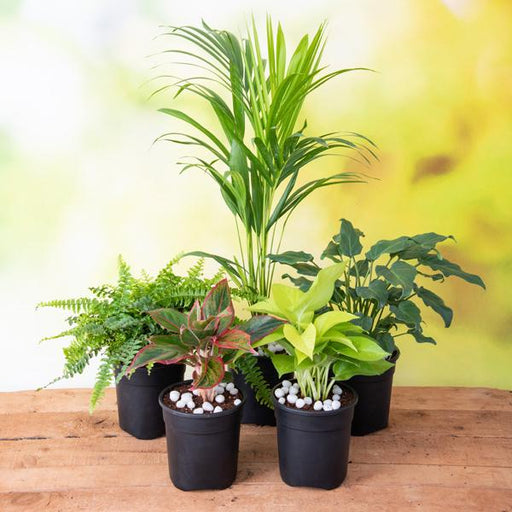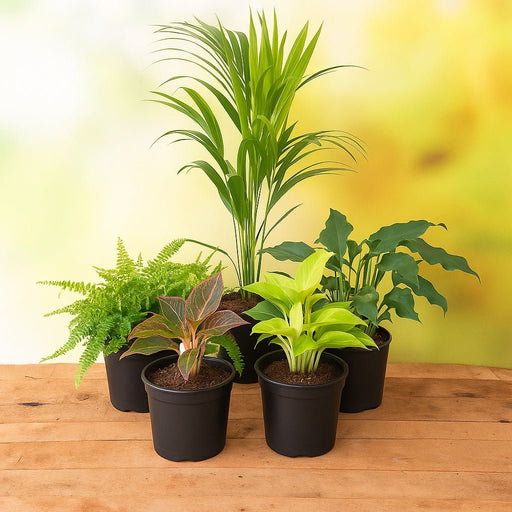Ficus Bonsai
Ficus bonsai is a type of bonsai tree that is made from the ficus plant. It is a popular choice for indoor gardens, as it can create a unique and elegant display. With proper care, ficus bonsai can grow into a tree-like shape, adding a dramatic and artistic touch to any space.
Fiddle Leaf Fig
Fiddle leaf fig is a type of fig plant that is known for its large and distinctive leaves. It is a popular choice for indoor gardens, as it can add a bold and statement-making touch to any space. With proper care, fiddle leaf fig can grow into a tall and impressive tree, making it a unique and eye-catching addition to any home.
Weeping Fig
Weeping fig is a type of ficus plant that is known for its long, drooping branches and glossy leaves. It is a popular choice for indoor gardens, as it can create a relaxed and tropical atmosphere. With proper care, weeping fig can grow into a tall and impressive tree, adding a natural and calming touch to any space.
Variegated Ficus
Variegated ficus is a type of ficus plant that has variegated leaves, meaning that they have different colors or patterns on them. It is a popular choice for indoor gardens, as it can add a unique and colorful touch to any space. With a variety of sizes and shapes available, variegated ficus can create a playful and interesting display.
Rubber Tree
Rubber tree is a type of ficus plant that is known for its thick and glossy leaves. It is a popular choice for indoor gardens, as it can create a bold and dramatic look. With proper care, rubber tree can grow into a tall and impressive tree, adding a sleek and modern touch to any space.
Fig Tree
Fig tree is a type of tree that is known for its edible fruit. It is a popular choice for outdoor gardens, as it can provide both beauty and sustenance. With a variety of sizes and types available, fig tree can add a natural and charming touch to any landscape.
Creeping Fig
Creeping fig is a type of ficus plant that is known for its ability to grow up walls and other vertical surfaces. It is a popular choice for indoor gardens, as it can create a unique and interesting display. With proper care, creeping fig can create a living green wall, adding a natural and lively touch to any space.
Benjamin Fig
Benjamin fig is a type of ficus plant that is known for its small and delicate leaves. It is a popular choice for indoor gardens, as it can add a soft and calming touch to any space. With proper care, Benjamin fig can grow into a small and graceful tree, adding a natural and elegant touch to any room.
Dwarf Fig
Dwarf fig is a type of fig plant that is known for its small size. It is a popular choice for indoor gardens, as it can fit into smaller spaces and create a charming and natural touch. With proper care, dwarf fig can produce small but tasty fruit, adding a delicious and unique touch to any home.
Fig Tree Fertilizer
Fig tree fertilizer is a specially formulated fertilizer that is designed for fig trees. It typically contains higher amounts of potassium, which is essential for fruit production. Using the right type of fertilizer can help your fig tree grow strong and healthy, and produce delicious fruit.
Fig Tree Pruning
Fig tree pruning is a technique used to shape and maintain the growth of a fig tree. It is important to prune your fig tree regularly to encourage healthy growth and fruit production. Pruning can also help control the size of your tree, making it a manageable size for your garden or indoor space.
Fig Tree Diseases
Fig tree diseases can affect the health and growth of your fig tree. Common diseases include fig rust, anthracnose, and root rot. It is important to monitor your fig tree for signs of disease and take steps to prevent and treat it, such as proper watering and fertilization, pruning, and using fungicides if necessary.
Fig Tree Pests
Fig tree pests can also affect the health and growth of your fig tree. Common pests include fig beetles, mites, and scale insects. It is important to monitor your fig tree for signs of pests and take steps to prevent and treat them, such as using insecticidal soaps or oils, pruning affected areas, and using sticky traps.
Fig Propagation
Fig propagation is the process of growing new fig plants from cuttings or other plant parts. It is an easy and affordable way to expand your fig tree collection or share your plants with others. With the right conditions and care, fig propagation can be a rewarding and fun experience.
Fig Tree Winter Care
Fig tree winter care is important for ensuring the health and survival of your tree during the colder months. This can include protecting your tree from frost, providing proper irrigation, and pruning back any dead or damaged branches. With proper winter care, your fig tree can continue to thrive and produce fruit year after year.
Fig Tree Harvest
Fig tree harvest is the process of harvesting ripe figs from your tree. It is important to harvest your figs when they are fully ripe, as they do not continue to ripen once picked. Harvesting your figs at the right time can ensure they are sweet and delicious, and prevent waste or spoilage.
Fig Tree Companion Plants
Fig tree companion plants are other plants that can be grown alongside your fig tree. They can provide benefits such as nitrogen fixation, pest control, and soil enrichment. Some popular companion plants for fig trees include herbs like basil and thyme, and vegetables like tomatoes and peppers.
Brown Turkey Fig
Brown turkey fig is a popular type of fig plant that is known for its sweet and flavorful fruit. It is a popular choice for outdoor gardens, as it can thrive in a variety of climates and soil types. With proper care, brown turkey fig can produce abundant and delicious fruit year after year.
Black Mission Fig
Black mission fig is another popular type of fig plant that is known for its sweet and richly flavored fruit. It is a popular choice for outdoor gardens, as it can thrive in warmer climates and produce fruit that is great for eating fresh or drying. With proper care, black mission fig can be a delicious and rewarding addition to any garden.
Fig Tree Uses
Fig trees have a variety of uses beyond just producing fruit. They can also provide shade, serve as a natural privacy screen, and add beauty and texture to your landscape or indoor space. With a variety of sizes and types available, fig trees can be a versatile and valuable addition to any garden or home.

